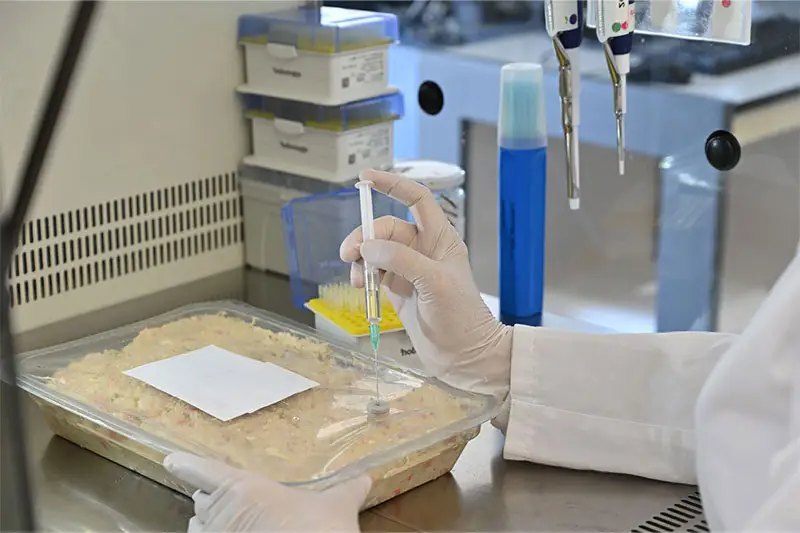Challenge Test of Preservatives in Cosmetic Products
The challenge test is a critical procedure used to assess the efficacy of preservatives in cosmetic products. This test ensures that the product can maintain microbiological stability over time, which is essential for consumer safety and compliance with regulatory standards.
In this test, microorganisms are introduced into cosmetic formulations containing preservatives. The goal is to evaluate whether these preservatives effectively inhibit or eliminate microbial growth. Successful completion of this challenge test indicates that the preservative system can prevent contamination by common spoilage organisms under defined conditions.
The importance of microbiological safety in cosmetics cannot be overstated, as it directly impacts public health and product shelf life. Regulatory bodies such as the FDA and the European Commission mandate that cosmetic products must not cause infection or irritation to consumers.
This service is particularly relevant for quality managers, compliance officers, R&D engineers, and procurement teams who need to ensure product safety and regulatory compliance. By leveraging this challenge test, they can verify the performance of preservatives in real-world conditions, thus enhancing consumer trust and brand reputation.
Scope and Methodology
| Microorganism | Initial Population | Test Conditions |
|---|---|---|
| Bacillus subtilis ATCC 6633 | 105 CFU/ml | 28°C, 7 days |
| Pseudomonas aeruginosa ATCC 9027 | 105 CFU/ml | 37°C, 5 days |
| Candida albicans ATCC 10231 | 104 CFU/ml | 28°C, 7 days |
The challenge test is conducted under controlled conditions to simulate real-world storage and usage scenarios. The table above outlines the initial population of microorganisms used in the test as well as the specific conditions for each organism.
In this process, a known quantity of microorganisms is introduced into the cosmetic product. The product is then incubated at specified temperatures and times. After the incubation period, the remaining microbial count is determined. If the microbial growth is significantly reduced or eliminated compared to the initial population, it indicates that the preservative system in the product is effective.
The challenge test is not only a compliance requirement but also an essential quality assurance measure. It helps manufacturers identify potential weaknesses in their formulations and allows for timely corrective actions if necessary.
Quality and Reliability Assurance
- Sterility Testing: Ensures the product is free from viable microorganisms, which is a crucial step before initiating the challenge test.
- Preservative Potency Assay: Measures the preservative's ability to inhibit microbial growth. This helps in determining the appropriate concentration of preservatives.
- Product Stability Studies: Evaluate the product under various environmental conditions to predict its shelf life and stability.
These quality assurance steps ensure that the challenge test results are reliable and valid, providing a comprehensive evaluation of the preservative system's efficacy.
Use Cases and Application Examples
The challenge test is widely used in the cosmetic industry to ensure product safety and compliance with international standards. Here are some real-world examples:
- New Product Launch: A company developing a new line of moisturizers may use this test to verify that their preservatives can effectively prevent microbial growth during the initial stages of production.
- Batch-to-Batch Consistency: Cosmetics manufacturers often conduct challenge tests on different batches of the same product to ensure consistent performance across all products.
- Formulation Changes: When a company modifies its formulation, they may perform this test to confirm that the changes do not compromise the preservative's efficacy.
The results from these challenge tests are critical for regulatory submissions and internal quality control protocols. They help ensure that products meet legal requirements and maintain consumer trust.





